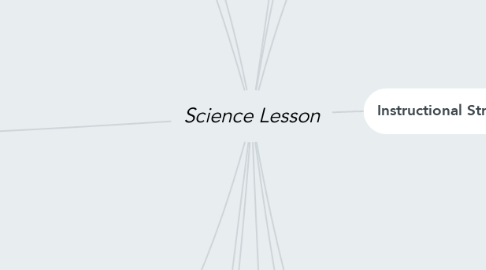Science Lesson
af Taya Black-Kobrynich


1. Instructional Goals
1.1. To explore and increase understanding of water properties including surface tension, cohesion and adhesion, and density.
2. Technology
2.1. SMART board: Same t-chart as back of worksheet on SMART board. Essential question provided: Is the hot water more or less dense than the room temperature water? Is the cold water more or less dense than the room temperature water?
3. Other Resources
3.1. Group configuration of desks allowed students to collaborate more easily.
4. Description of Class
4.1. Teacher says no students have an IED or emotional support.
4.2. All students seem to speak American English fluently.
4.3. Some students of Indian/Pakistani descent (however, they all speak American English fluently and without accent).
4.4. Girl to boy ratio = 12:8 (or 3:2)
4.5. Some students have some hyperactivity/behavioral issues that stand out
5. Differentiation
5.1. Walks from group to group to provide individualized assisstance.
5.2. Students with attention/hyperactivity issues are given rocking/swivel chairs to sit and work in.
5.3. Directions and important information (such as definitions) are given both orally and in writing multiple times.
5.4. Students who work faster than others are given options for when they work, such as critical thinking questions (in this assignment-- "What mistakes could you have made that may have changed the outcome of your experiment?"
5.5. More "wait time" is provided (and question repeated) for students who take longer to raise hands.
5.6. Teacher gives verbal and and nonverbal cues for transitions (such as lights flickering or bell ringing)
6. Student Engagement
6.1. Many of the same students frequently raise their hands (and same students frequently don't raise hands as well). The students with known behavioral/attention problems typically are toward the latter half of raising their hands, if they do at all. Girls and boys both raise hands. Everyone participated in the experiment (perhaps because it was engaging/hands on, and because each student was given a particular job for the experiment that they were expected to fulfill).
7. Formative Assessment/Closure
7.1. Teacher waits until about 80-85% of students have hands raised to call on someone to answer the question (which she repeats in multiple ways during wait time). Makes a point to often call on students who were toward last to raise hands to assess their understanding.
7.2. Students drew pictures of their experiment/observations on the worksheet, showing what happened to the hot and cold water in vials as they were lowered into the room temperature water.
7.3. Students filled in the T chart displayed on the SMART board and drawn on the back of their worksheets. T chart sections included: Essential Question/answer, definition of density, the statements from the white board, and their hypotheses. At the end of the lesson, the class discussed their findings and filled in the answer to their essential question.
8. PA Standards
8.1. S3.C.11.S Describe how the properties of matter can be changed.
8.1.1. 3.2.3.A3 Demonstrate how heating and cooling may cause changes in the properties of materials including phase changes.

